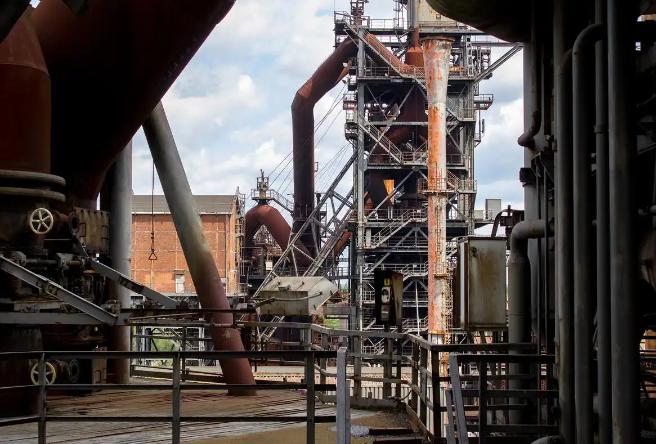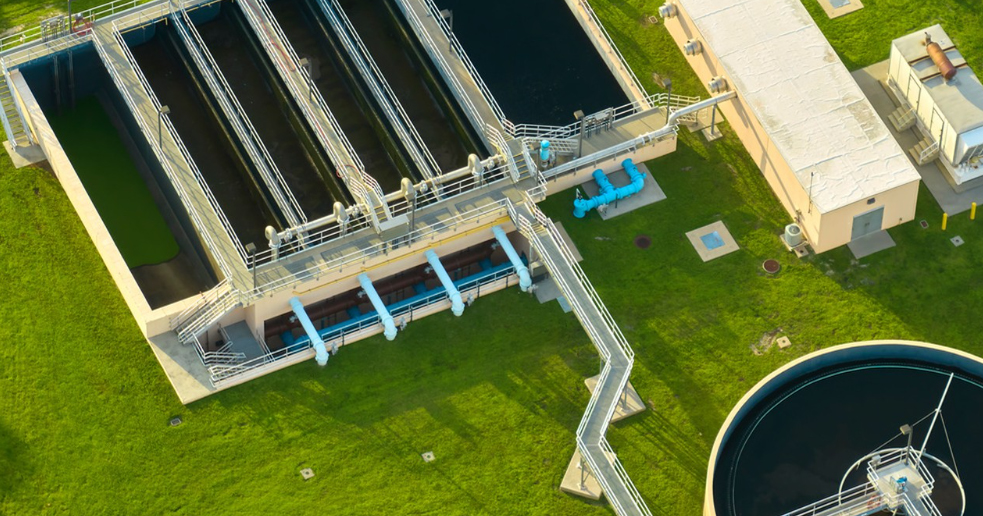Colored wastewater, often generated from industries like textiles, dyes, paper, and pharmaceuticals, contains complex organic and inorganic compounds that pose environmental and aesthetic challenges. Wastewater decolorization is a critical step in treating such effluents, aiming to remove or degrade chromophoric substances while ensuring compliance with discharge standards. This article explores major decolorization methods and the role of key agents like decolorizers and decoloring agents, including specialized industrial decolorizers, in achieving efficient results.
Physical Decolorization Methods
Physical techniques primarily rely on adsorption, filtration, or membrane processes to separate colorants from wastewater:
-Adsorption: Activated carbon, a widely used industrial decolorizer, exhibits high surface area and porous structure, effectively adsorbing organic dyes and pigments. However, its regeneration costs and saturation limits drive the development of alternative materials like clay minerals, chitosan, and activated alumina.
-Membrane Filtration: Ultrafiltration (UF) and reverse osmosis (RO) membranes retain color molecules based on size exclusion, offering high efficiency for soluble dyes. Yet, membrane fouling and energy consumption remain challenges in large-scale applications.

Chemical Decolorization Methods
Chemical approaches leverage reactions to break chromophoric groups or precipitate color compounds:
-Coagulation and Flocculation: Decolorizing agents such as aluminum sulfate (alum), ferric chloride, or polymeric coagulants neutralize charges on color particles, causing them to aggregate into flocs for easy removal. This method is particularly effective for reactive and direct dyes, with industrial decolorizers designed to optimize pH and dosage for specific wastewater compositions.
-Oxidation Processes: Advanced oxidation processes (AOPs), including ozone, hydrogen peroxide, and Fenton’s reagent, generate hydroxyl radicals that degrade complex color molecules into harmless byproducts. Ozone-based systems are popular for their rapid decolorization and disinfection capabilities, though operational costs can be high.
-Photocatalysis: Semiconductors like titanium dioxide (TiO₂) under UV light catalyze redox reactions to decompose persistent colorants, offering a sustainable option for low-concentration dyes.
Biological Decolorization Methods
-Microbial degradation provides an eco-friendly alternative, utilizing bacteria, fungi, or enzymes to metabolize color compounds: Bacterial and Fungal Systems: Microorganisms such as Pseudomonas, Bacillus, or white-rot fungi produce enzymes (e.g., laccases, peroxidases) that break down azo, anthraquinone, and triphenylmethane dyes through reduction or oxidation reactions. This method is cost-effective but sensitive to environmental factors like temperature, pH, and nutrient availability.
-Biofilm and Activated Sludge Processes: Integrated into wastewater treatment plants, these systems combine decolorization with organic matter removal, making them suitable for low-to-moderate color concentrations.
Role of Specialized Industrial Decolorizers
Industrial decolorizers are formulated to address the complexity of industrial effluents, offering advantages like:
-Targeted Performance: Polymeric decolorizers with cationic or anionic groups selectively bind to charged dyes, improving efficiency in mixed-waste streams.
-Cost-Effectiveness: High-capacity agents reduce chemical dosage and sludge generation, critical for large-scale industrial applications.
-Compliance Support: They help meet strict color intensity limits (e.g., APHA standards) and reduce downstream treatment burdens, ensuring regulatory compliance.
Technological Trends in Decolorization
Modern research focuses on enhancing efficiency and sustainability: Nanomaterial-Based Agents:
-Nanocomposites and graphene oxides offer superior adsorption capacity and recyclability, minimizing waste.
-Hybrid Systems: Combining physical (adsorption), chemical (coagulation), and biological methods creates synergistic effects, especially for highly recalcitrant dyes.
-Biodegradable Decolorizers: Plant-based polymers and natural coagulants (e.g., Moringa oleifera extract) are gaining traction for eco-friendly applications.
Conclusion
Wastewater decolorization is indispensable for mitigating the environmental impact of colored industrial effluents. Whether through physical adsorption, chemical oxidation, biological degradation, or specialized decolorizers like industrial decolorizing agents, choosing the right method depends on dye type, concentration, and treatment goals. As industries strive for greener practices, the development of efficient, cost-effective, and environmentally benign decolorization technologies—supported by innovative decolorizer formulations—will continue to drive progress in sustainable wastewater management.
As a professional chemicals manufacturer in the water treatment Industry, Sanmei have helped more than 5,000 plants with process solutions and helped them improve production efficiency, reduce costs, and optimize profit plans. Our main goal is to assist you in optimizing production efficiency and profitability in a sustainable way. Welcome to consult us and get a free wastewater treatment solution by filling in the form below or email to info@san-mei.com.












